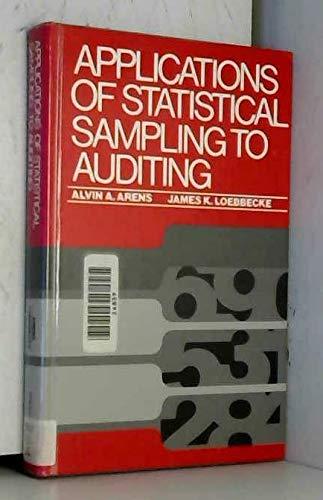Question
Information for XYZ Co. Account Description 12/31/2017 12/31/2016 Assets Cash & Cash Equivalents 45,000 13,000 Accounts Receivable 91,000 88,000 Equipment 139,000 22,000 Accumulated Depreciation -
Information for XYZ Co.
| Account Description | 12/31/2017 | 12/31/2016 |
| Assets | ||
| Cash & Cash Equivalents | 45,000 | 13,000 |
| Accounts Receivable | 91,000 | 88,000 |
| Equipment | 139,000 | 22,000 |
| Accumulated Depreciation - Equipment | (17,000) | (11,000) |
| Total Assets | 258,000 | 112,000 |
| Liabilities & Stockholders' Equity | ||
| Accounts Payable | 20,000 | 15,000 |
| Bonds Payable | 100,000 | 0 |
| Common Stock | 100,000 | 80,000 |
| Retained Earnings | 38,000 | 17,000 |
| Total Liabilities & Stockholders' Equity | 258,000 | 112,000 |
Additional Information
(A) Net income for 2017 was $44,000.
(B) New equipment was purchased in 2017 but none was sold.
(C) Cash dividends of $23,000 were declared and paid in 2017.
(D) $100,000 of equipment was acquired by the issuance of Bonds Payable.
Step 6 Determine if there are any Non-Cash Investing and/or Financing Activities". Non-Cash Investing and/or Financing Activities represent transactions where there was some investing and financing transaction that did not require any outlay of cash. So with a Non-Cash Investing and/or Financing Activity, some long-term asset, long-term liability, or stockholders equity is impacted through a non-cash transaction.
These non-cash transactions get reported as Non-Cash Investing and/or Financing Activities below the body of the cash transactions section of the Cash Flow Statement.
Examples of Non-Cash Investing and/or Financing Activities are:
(a) A company acquiring property or equipment by issuing some of its stock or bonds,
(b) Issuing stock (rather than paying cash) to pay off some of the companys debt.
| Description |
Step 7 - The subtotals of the 3 sections (i.e., Operating Activities, Investing Activities, and Financing Activities) of the Cash Flow Statement must equal the change in Cash and Cash Equivalents, and then by adding Cash at the beginning of the year, the Cash Balance at the end of the year is computed (and equals the Cash Balance at the end of the current year).
| Net Increase (Decrease) In Cash & Cash Equivalents | |
| Cash & Cash Equivalents - Beginning Of Year | |
| Cash & Cash Equivalents - End Of Year |
Step by Step Solution
There are 3 Steps involved in it
Step: 1

Get Instant Access to Expert-Tailored Solutions
See step-by-step solutions with expert insights and AI powered tools for academic success
Step: 2

Step: 3

Ace Your Homework with AI
Get the answers you need in no time with our AI-driven, step-by-step assistance
Get Started


